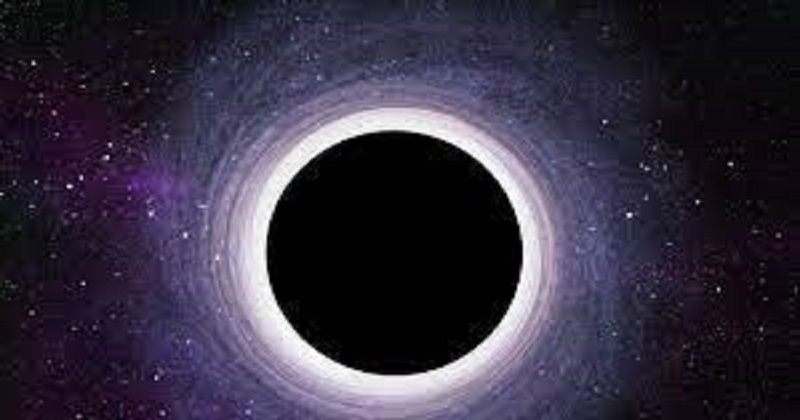
In the story of the universe, black holes have always been the ultimate villains. Almost every galaxy contains objects that do not even allow light to pass through them. The Milky Way galaxy is home to a supermassive black hole, whose study was once pioneered by physicist Stephen Hawking.
One of Hawking’s most famous theorems has been proved by observing ripples created in space by the merger of two black holes. According to the theorem, first proposed in 1971, it is impossible for a black hole’s size to decrease over time. The theorem was derived from Albert Einstein’s theory of relativity, which defines gravitational waves and black holes. The black hole area theorem has fascinated scientists for a long time due to its similarity to the thermodynamic law entropy (order) cannot decrease. The rate consistently rises. This new observation further solidifies Einstein’s theory of relativity.

Scientists from the Massachusetts Institute of Technology, led by Maximiliano Isi, used data from gravitational waves released by the merging of two small black holes. The Advanced Laser Interferometer Gravitational-Wave Observatory (LIGO) divided the gravitational wave data into two-time segments: before and after the merger. Based on the before-and-after measurements, scientists calculated the surface areas of the black holes in each segment.
Calculations showed that the surface area of the combined black hole was larger than the sum of the two smaller black holes. According to this observation, the size of black holes does not decrease over time. ‘Black holes have a constant surface area, so they have the same conservation of energy like a black hole. They also have conservation of mass, since their mass cannot be reduced,’ lead author Maximiliano told Live Science.
Read more: ‘Terrorist safe havens and sanctuaries must be dismantled immediately’ : India
In a black hole, the matter is squeezed into a small area below the gravitational field of a dying star, rendering it impossible to see the light of that dead star. In 2017, LIGO recorded gravitational signals for the first time from a merger of two relatively smaller black holes that originated about a billion light-years away. The two black holes were 7 and 12 times the mass of the sun and after merging became 18 times the mass of the sun.

Post Your Comments